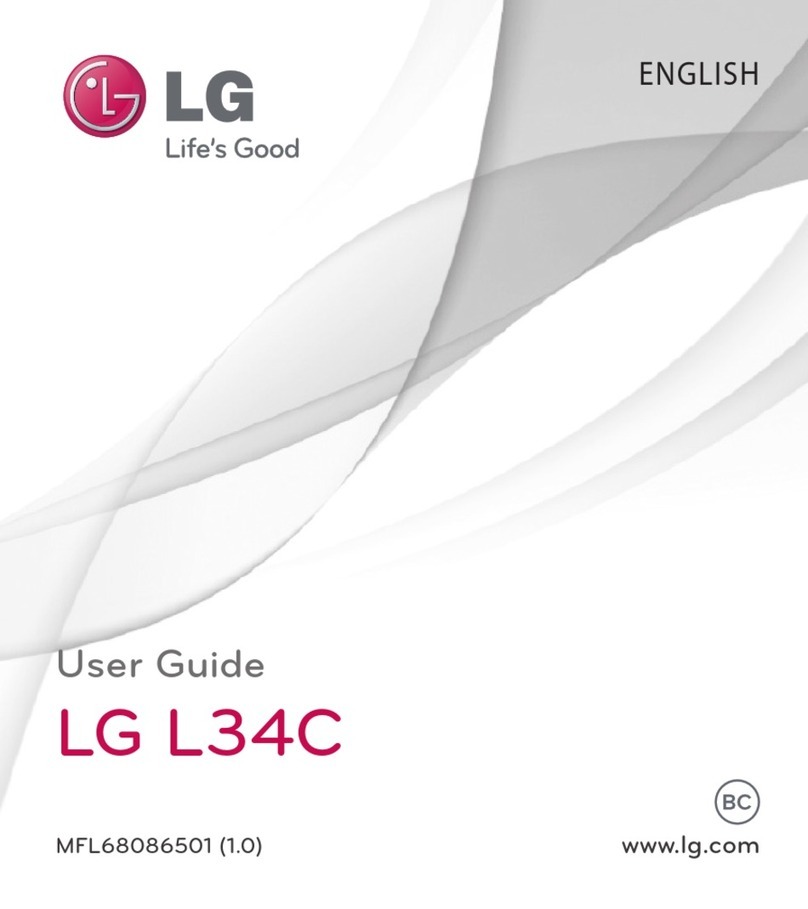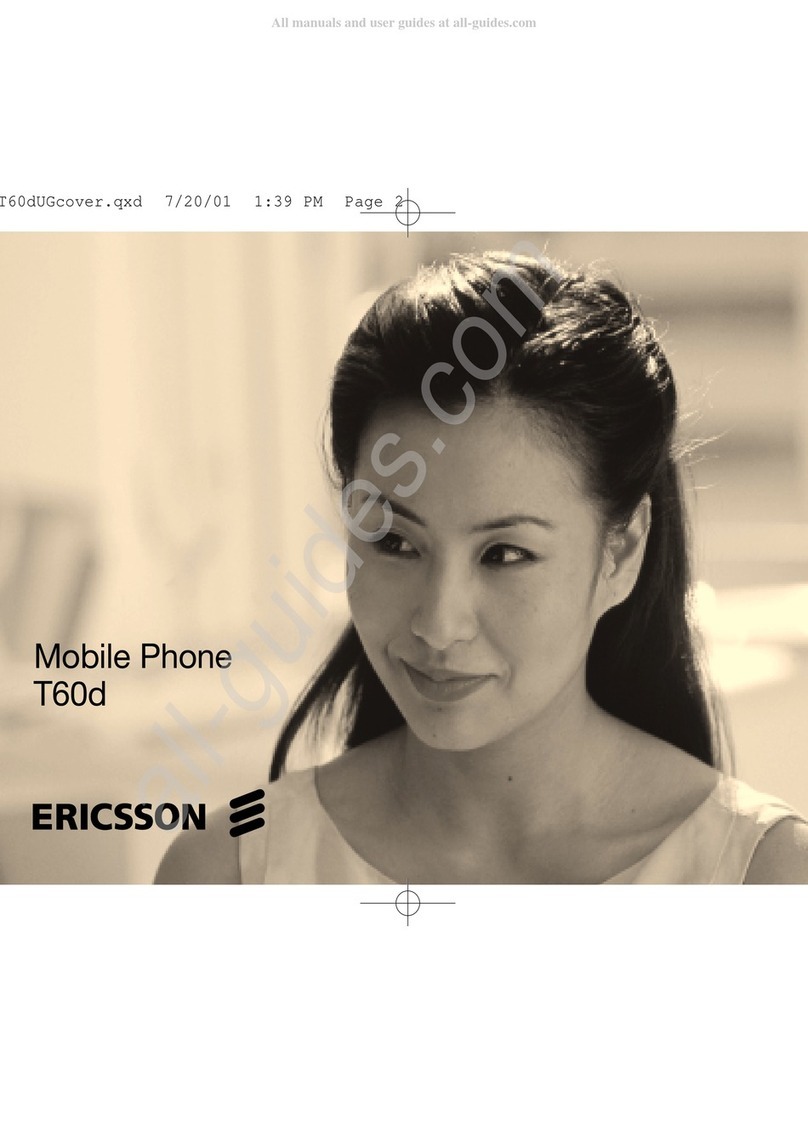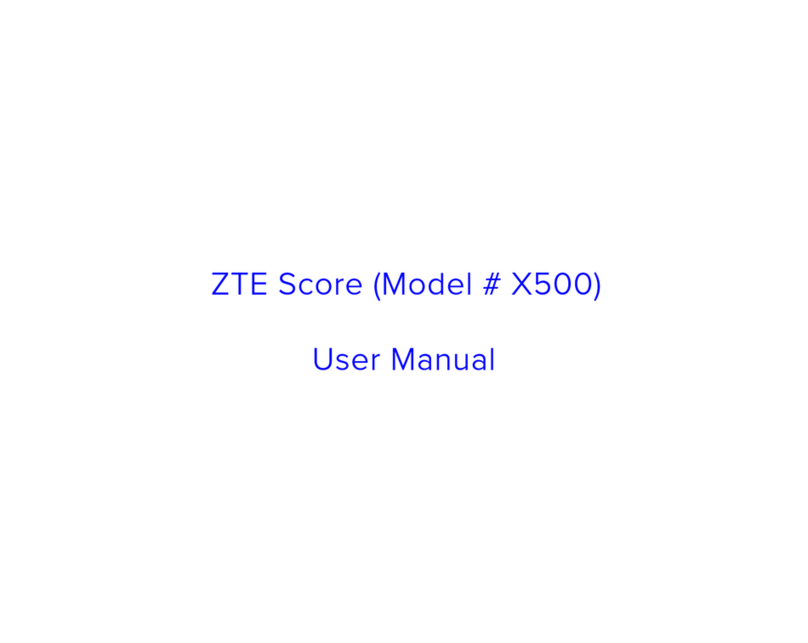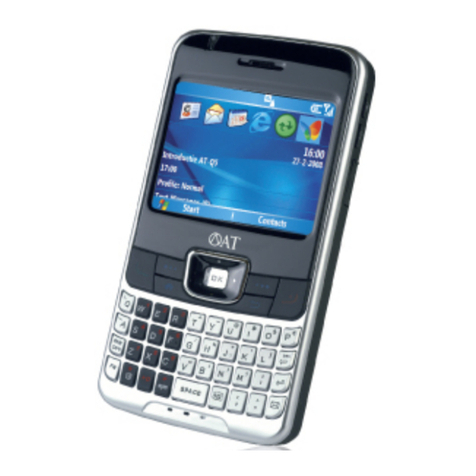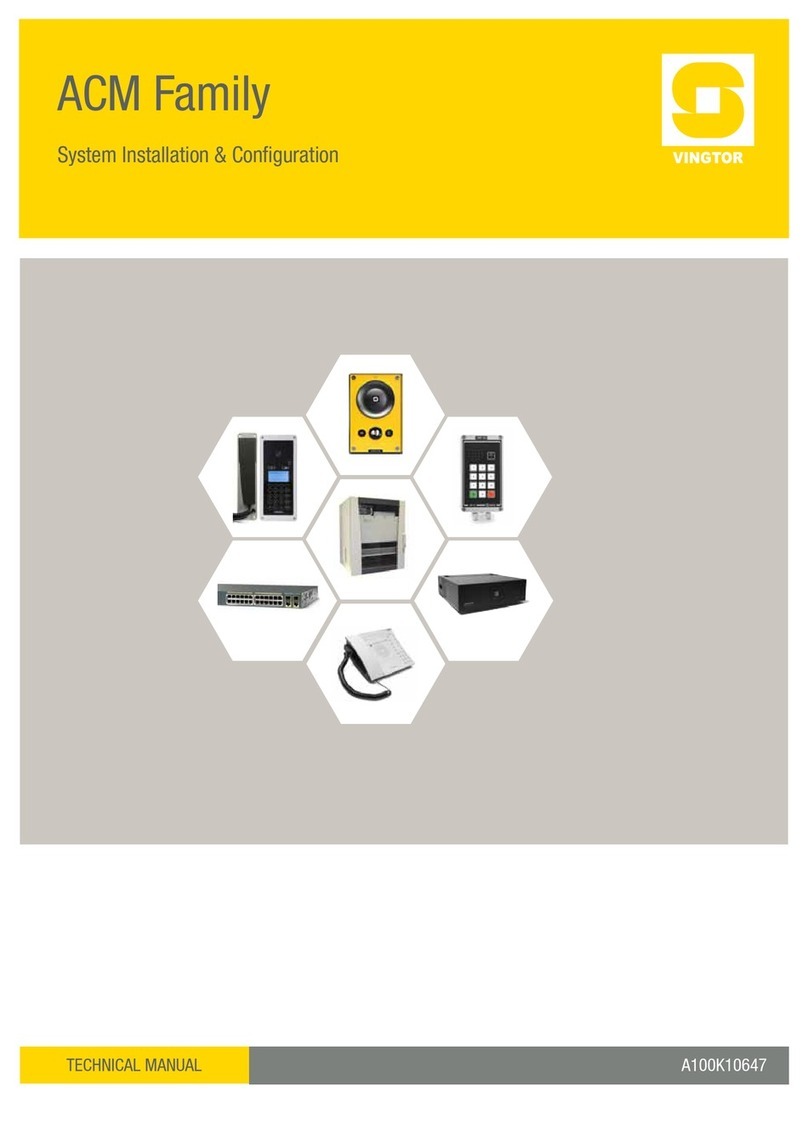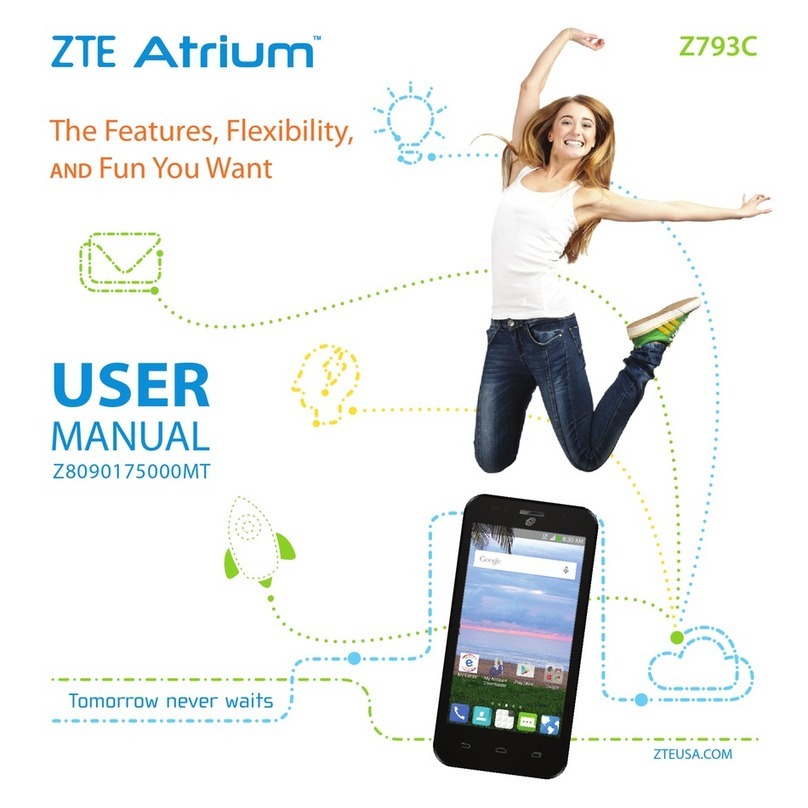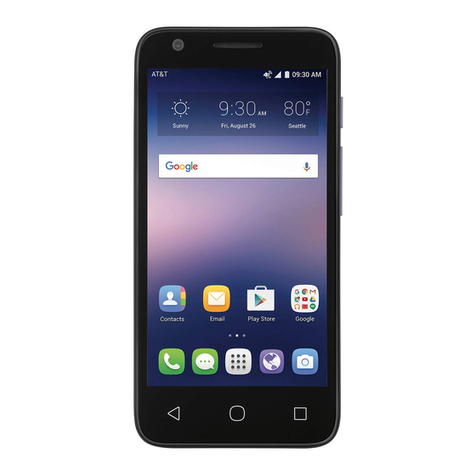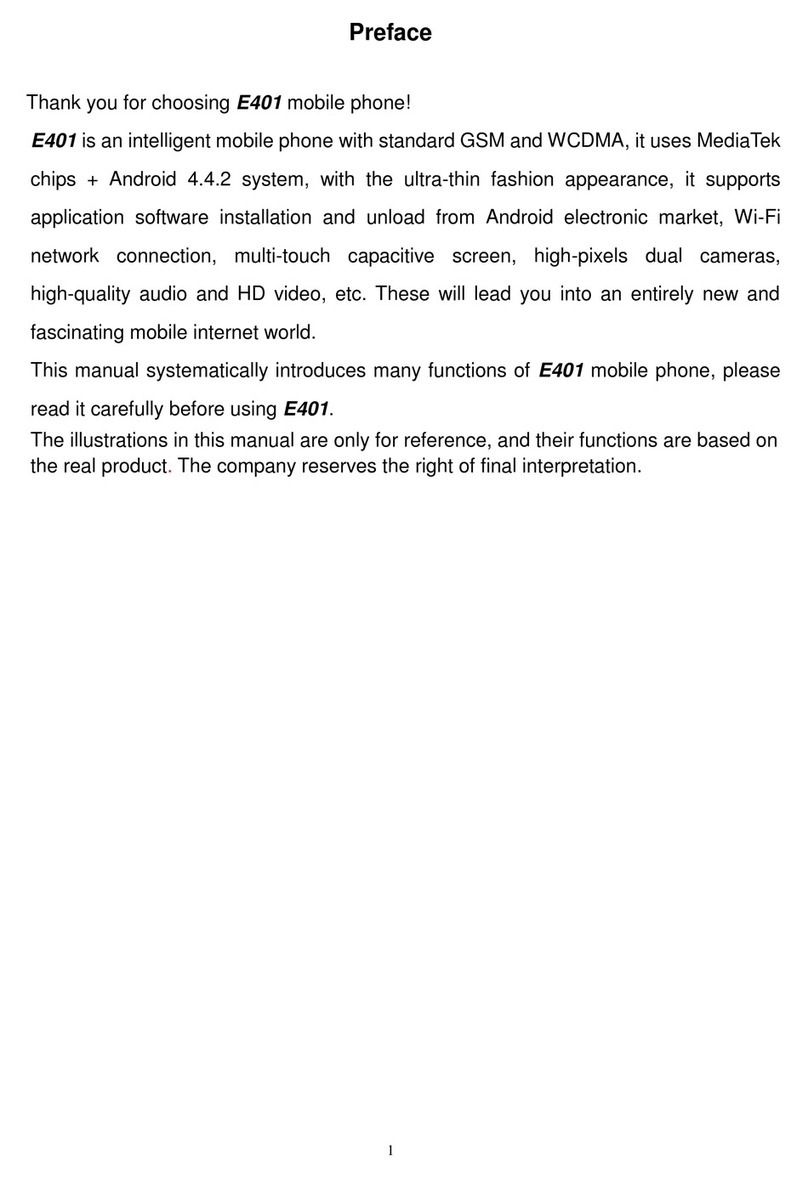
Charge your Battery
Insert the charger lead carefully.
Ensure the plug is inserted with the correct orientation.
Don’t force the connector into the charger jack(USB
Port).
Disconnect the charger when fully charged.
When the phone is on the charging, icon
is shown on the
status bar.
How much charge have you got?
If the battery is low, there will be a pop-up message on the
screen. During charging the battery percentage is shown on
the lock screen.
TIP: You can also show the battery percentage on the top bar. Go
to Settings > Battery and turn on the battery percentage bar.
Volume Control
From the Home screen, the volume keys control the Ring
volume, Vibrate and Silent. From within a game or media app
the volume keys control the media volume. If you are on a Call
the volume keys control the incoming call(earpiece) volume.
Setting Up for the First Time
When you first power on your phone or after a factory reset you
need to enter some settings before use.
1.
Touch Start and step through the wizard selecting your
personal preferences. Note that selecting Backup and
Restore options will consume data.
2.
Further assistance is given in the form of pop ups
describing how to use various features. Press OK to clear
these notices.









